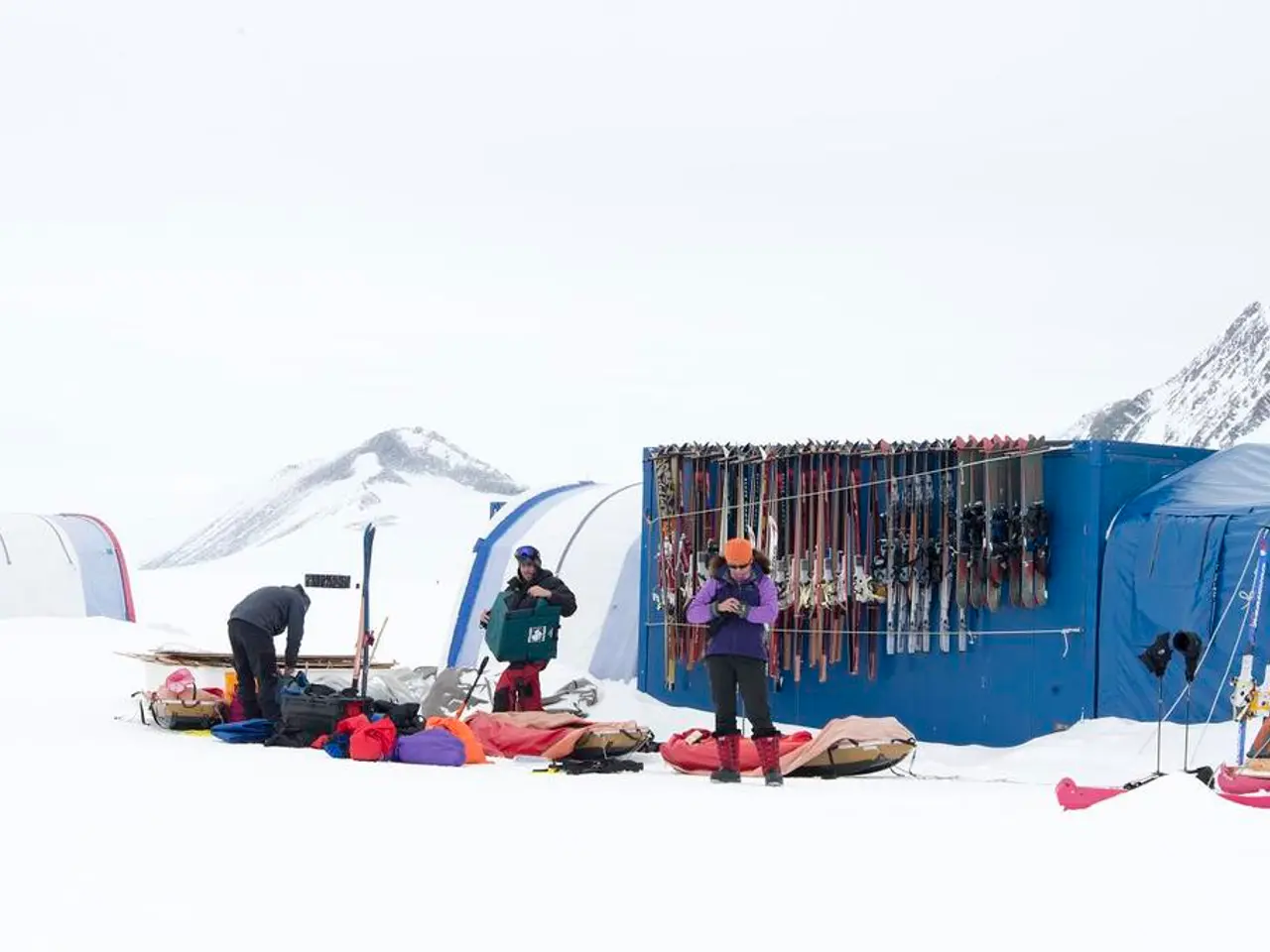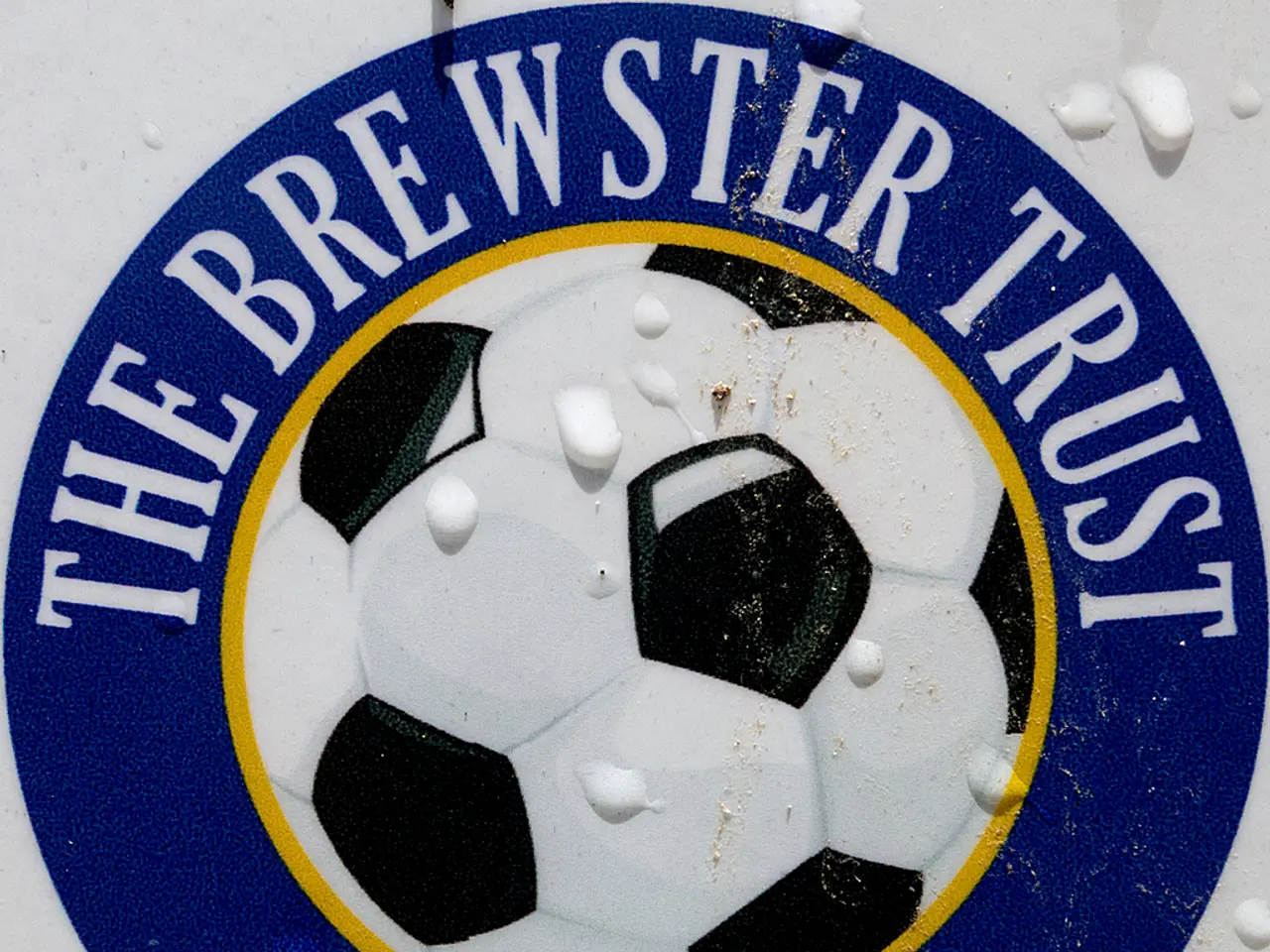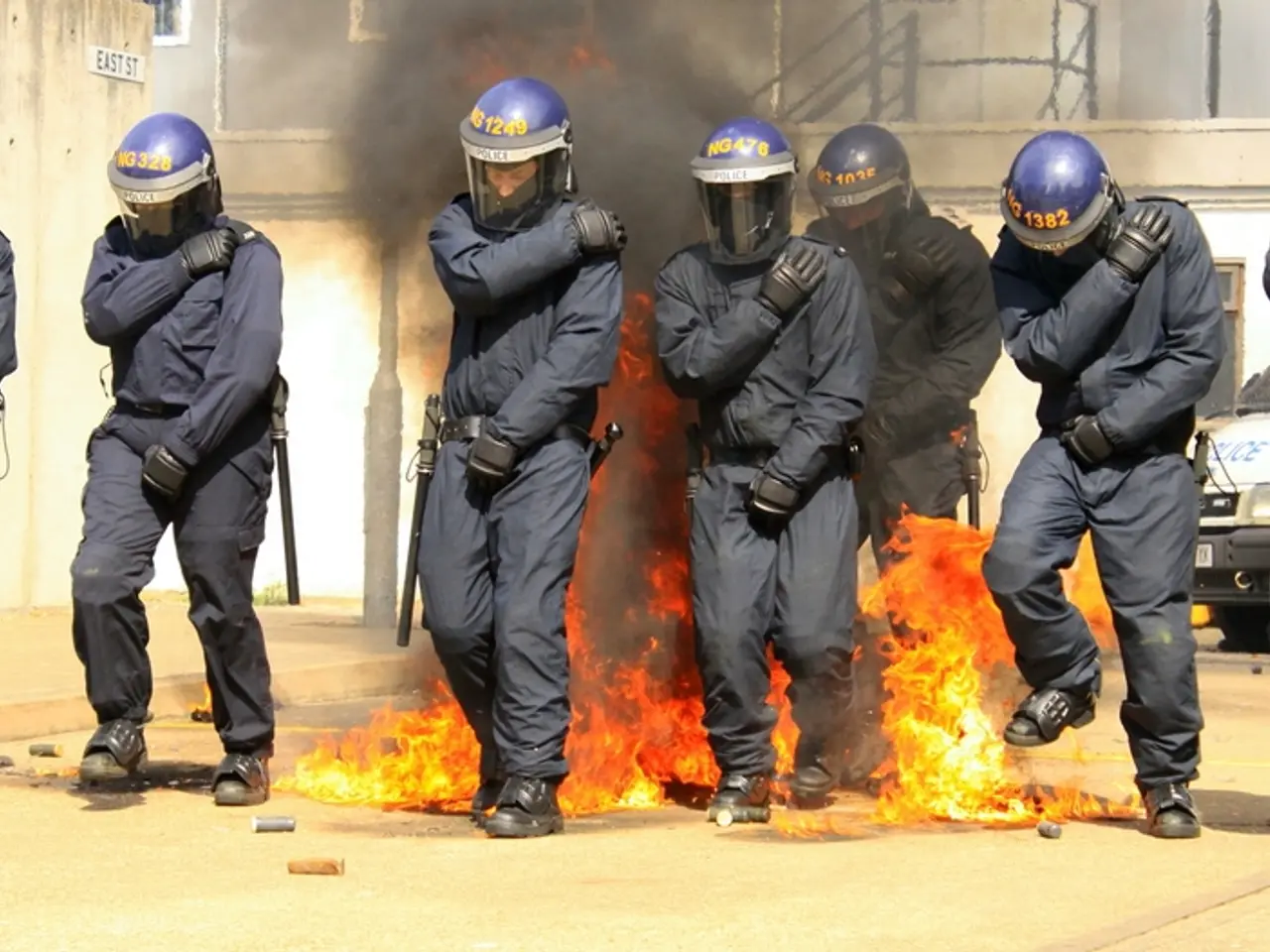Escalated Risk of Avalanches Triggers Safety Alert
In the aftermath of a three-day storm that brought significant snowfall to alpine regions in the mid-to-lower South Island, the New Zealand Avalanche Advisory (NZAA) has raised the avalanche danger to 'considerable' for most of the country. Areas that have seen high winds are reporting 'wind slab' avalanche concerns in the alpine.
The recent storm has left the snowpack early-season shallow with icy surfaces and exposed rocks, creating a considerable sliding risk. Wind slabs are identified as the most common avalanche problem due to New Zealand's maritime climate with rapid temperature shifts, strong winds, and precipitation changes influencing snow stability.
Reports indicate that the storm has caused extensive wind loading on leeward slopes, increasing wind slab avalanche hazards. Visibility in the alpine is expected to be poor due to low cloud cover and whiteout conditions, so caution is advised, especially above the treeline. Travelers are urged to monitor daily forecasts, travel cautiously, and prefer terrain below the treeline during periods of limited visibility.
For specific regional forecasts, the NZAA provides detailed daily danger levels, avalanche problems, and recent activity for areas like Tongariro and Taranaki. Overall, the advisory recommends conservative terrain choices and emphasizes that the snowpack remains variable and reactive in isolated areas.
It's important to note that avalanche forecasts on the NZAA are updated daily, or as conditions change and new information becomes available. It's essential to check the avalanche advisory for the most up-to-date information and follow the guidance. Only highly experienced and well-equipped people should consider backcountry travel in avalanche terrain during this time.
Ski fields are carrying out avalanche control work for their patrons, but this does not extend to the backcountry. It's crucial to remember that time is required for the snowpack to settle and stabilize in the backcountry.
In light of these conditions, it's more important than ever to get #AvalancheReady. This means getting the necessary training and gear before venturing out. Stay safe and make informed decisions when travelling in the backcountry during this period of increased avalanche danger.
[1] Avalanche.org.nz [2] NZAA Daily Forecast [3] Taranaki Forecast [4] Tongariro Forecast [5] General Information on Avalanche Safety
Sports enthusiasts should exercise caution while engaging in backcountry winter sports due to the increased avalanche danger in New Zealand caused by the recent storm. Avalanches, particularly wind slabs, are identified as the most common problem due to the maritime climate's rapid temperature shifts, strong winds, and precipitation changes that affect snow stability.







